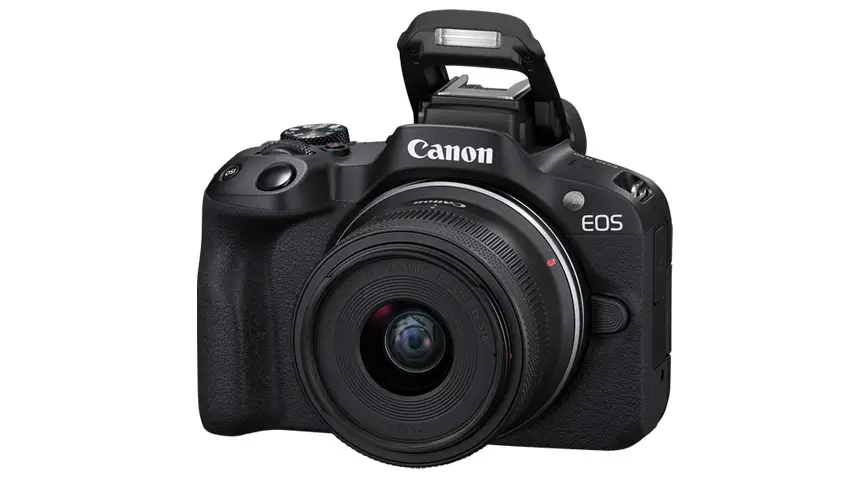Vlogging-ready cameras are all the rage these days and because of that we are spoiled for choice. Every major camera manufacturer has at least one solid model and if we are being perfectly honest you probably can’t go wrong with any of them.
With that said, we are still interested in seeing how they compare to one another.
This isn’t just comparison for comparison’s sake. Understanding how different cameras perform in different situations can help you find which camera will work best for you and your most common shooting environments.
For the shootout today we will be exploring how the Sony ZV-E10, Canon EOS R50, and Nikon Z30 perform in low light with the help of Mark Bennett’s Camera Crisis.
All of these cameras feature APS-C sensors, a perfect middle ground of image quality and size – especially for the price point each of these cameras try to hit.
For the testing, Mark matches up the lenses as best as he can. That means using the RF 16mm f/2.8 on the Canon, the Sigma 16mm f/1.4 (set to f/2.8) on the Sony, and a Viltrox 13mm f/1.4 (also set to f/2.8) on the Nikon.
Using all manual settings, he sets the white balance to 2600K, the shutter speed to 1/50 second, aperture at f/2.8, and then the ISO is the main variable.

Image Credit: Canon
Standard profiles are used for each of the cameras, though he does have a note about the HDR PQ option on the R50 that allows for 10-bit recording later. Let’s look at the test first.
The test is simple. He starts at ISO 5000 and cranks it until he hits the max of each camera. The Canon and Nikon are matched up at ISO 25600 while Sony can reach 32000. He adjusts the light output to adjust the brightness of the scene.
All the cameras are respectable by today’s standards. Though if I was judging based solely on this test I would definitely put the Nikon at the bottom and I think Sony just edges out Canon for the win.
It looks like Nikon just wasn’t holding onto detail in the shadows as well and didn’t lock on to focus (which could’ve been a lens issue). Canon was pretty good, but it seems like that extra third of a stop for Sony got it to be a touch better.

Image Credit: Sony
Now, time to talk about the 10-bit HDR mode for the Canon R50. Footage certainly looks great, but this mode is limited to a max of ISO 12800. If you are working in the dimmest conditions this might be a tad limiting.
An argument could be made that you shouldn’t really ever max out your ISO and so therefore if you are working in moderate conditions then the HDR 10-bit clips will look better after grading than the standard profile.
Just keep in mind the extra post work that might be needed.

Image Credit: Nikon
Another note will be the lens selection. Sony just absolutely dominates when it comes to lenses compared to the Canon and Nikon options. Fast, affordable glass is widely available for Sony. It’s a major advantage for being early with their mirrorless system.
Which of these cameras do you think did best? Have you picked up any of these?
[source: Mark Bennett’s Camera Crisis]
Order Links:
- Sony ZV-E10 Mirrorless Camera (B&H, Amazon)
- Sigma 16mm f/1.4 DC DN Contemporary Lens (B&H, Amazon)
- Canon EOS R50 Mirrorless Camera (B&H, Amazon)
- Canon RF 16mm f/2.8 STM Lens (B&H, Amazon)
- Nikon Z30 Mirrorless Camera (B&H, Amazon)
- Viltrox AF 13mm f/1.4 XF Lens (B&H, Amazon)
Disclaimer: As an Amazon Associate partner and participant in B&H and Adorama Affiliate programmes, we earn a small comission from each purchase made through the affiliate links listed above at no additional cost to you.



